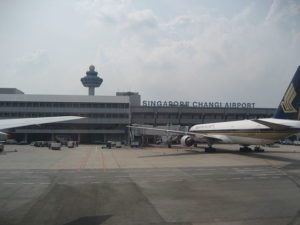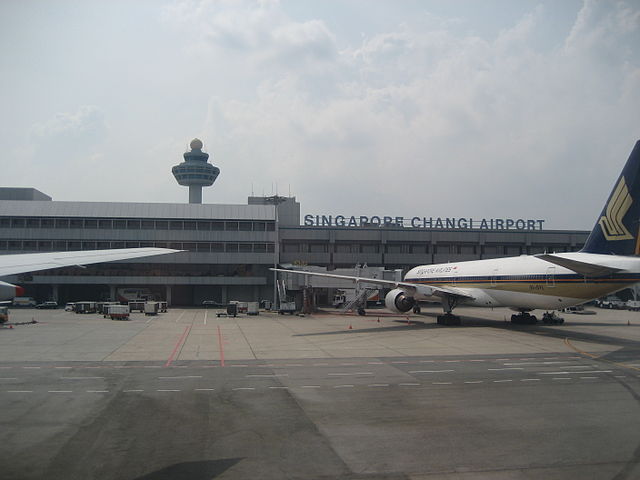 The airports of Singapore and Hong Kong both reported growth in air cargo and passenger traffic for April.
The airports of Singapore and Hong Kong both reported growth in air cargo and passenger traffic for April.
Singapore Changi Airport said cargo shipments grew 4.4% in April year-on-year to reach 171,720 tonnes, while passenger movements added up to 5.17 million, a 7.8% increase.
Changi Airport handled more than two million tonnes of air freight (+7%) for the 12 months ending April 2017, a new record in the airport’s history. Growth was across all flows—imports, exports, and transshipment. Changi’s key air freight segments include aerospace parts, perishables, pharmaceuticals, and e-commerce cargo.
Meanwhile passenger traffic in April was boosted by growth across all regions except the Middle East. Nine out of Changi’s top 20 country markets registered double-digit growth, including India (+16%), Indonesia (+16%), and Malaysia (+11%).
Exports behind HKIA cargo growth
Similarly, Hong Kong International Airport (HKIA) saw steady growth in cargo volume in April, rising 8.9% to 398,000 tonnes year-over-year.
The continuing strong growth in cargo was largely attributed to a 14% year-on-year growth in exports. Among the key trading regions, North America and Europe increased most significantly in the month.
Hong Kong residents’ travel, which recorded a tremendous 38% growth in April, was the main driver of passenger growth. Passenger traffic to and from Japan recorded the most significant increases.
Combining March and April to even out the seasonal impact of the Easter holidays, passenger volume and cargo tonnage showed year-on-year growth of 1.9% and 13.4%, respectively, said airport authorities.
During the first four months of 2017, HKIA handled 23.9 million passengers and 1.5 million tonnes of cargo—up 1.4% and 10.9%, respectively, from the same period last year.
On a rolling 12-month basis, cargo tonnage registered a year-on-year increase of 7.3%, amounting to 4.7 million tonnes. Passenger traffic rose 1.5% to 70.8 million.
Photo: Masgatotkaca





